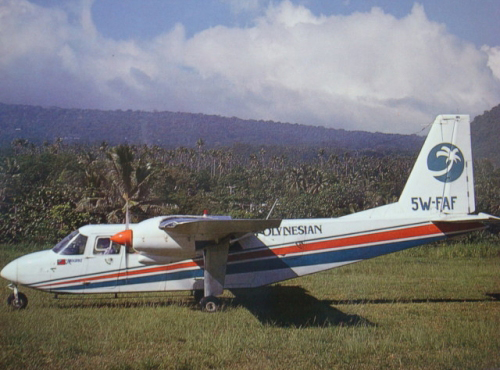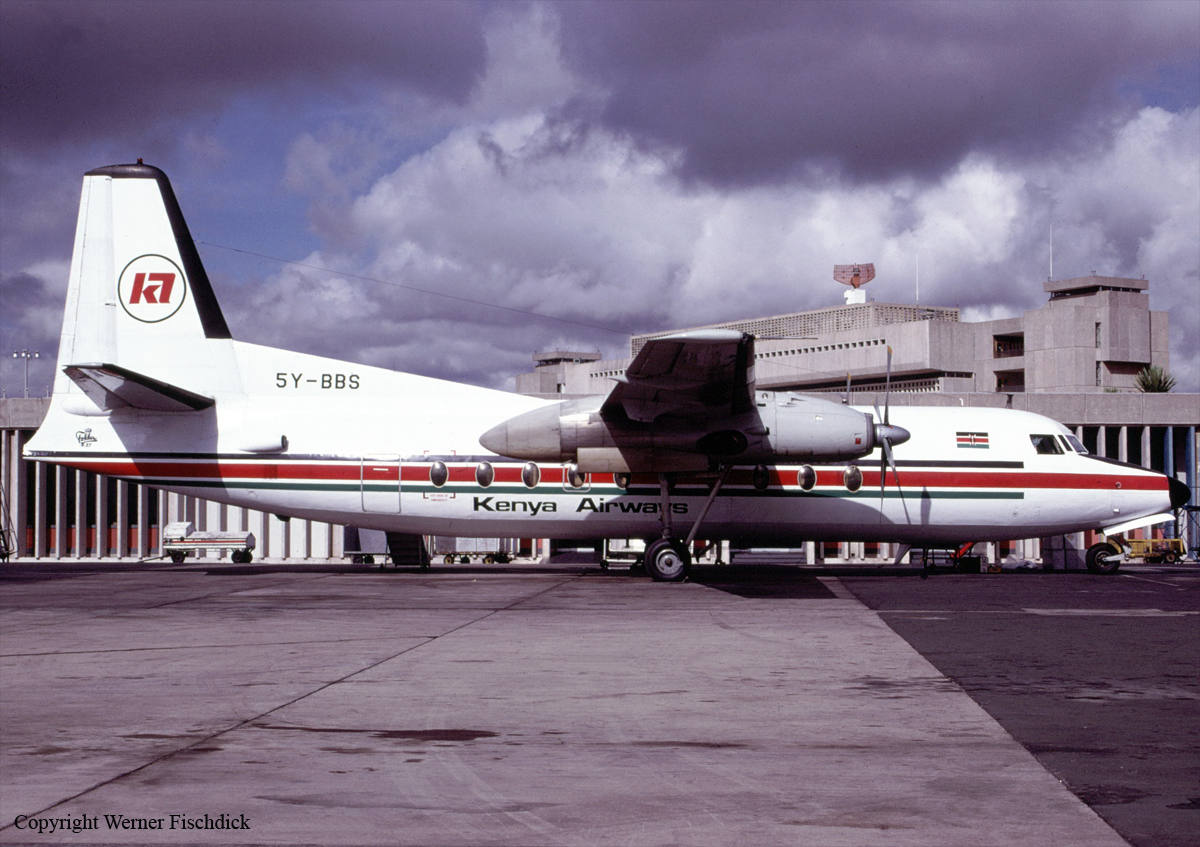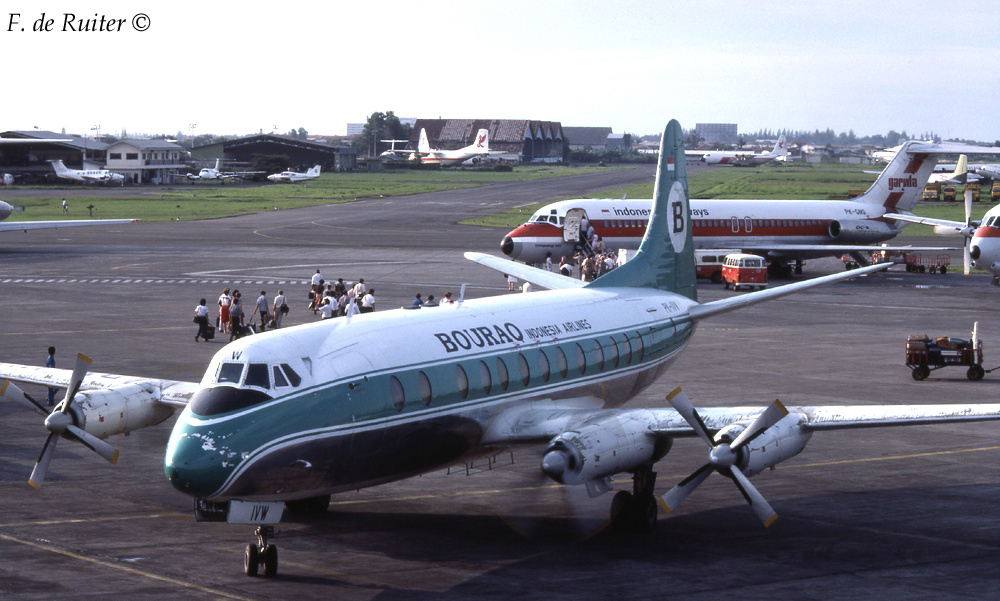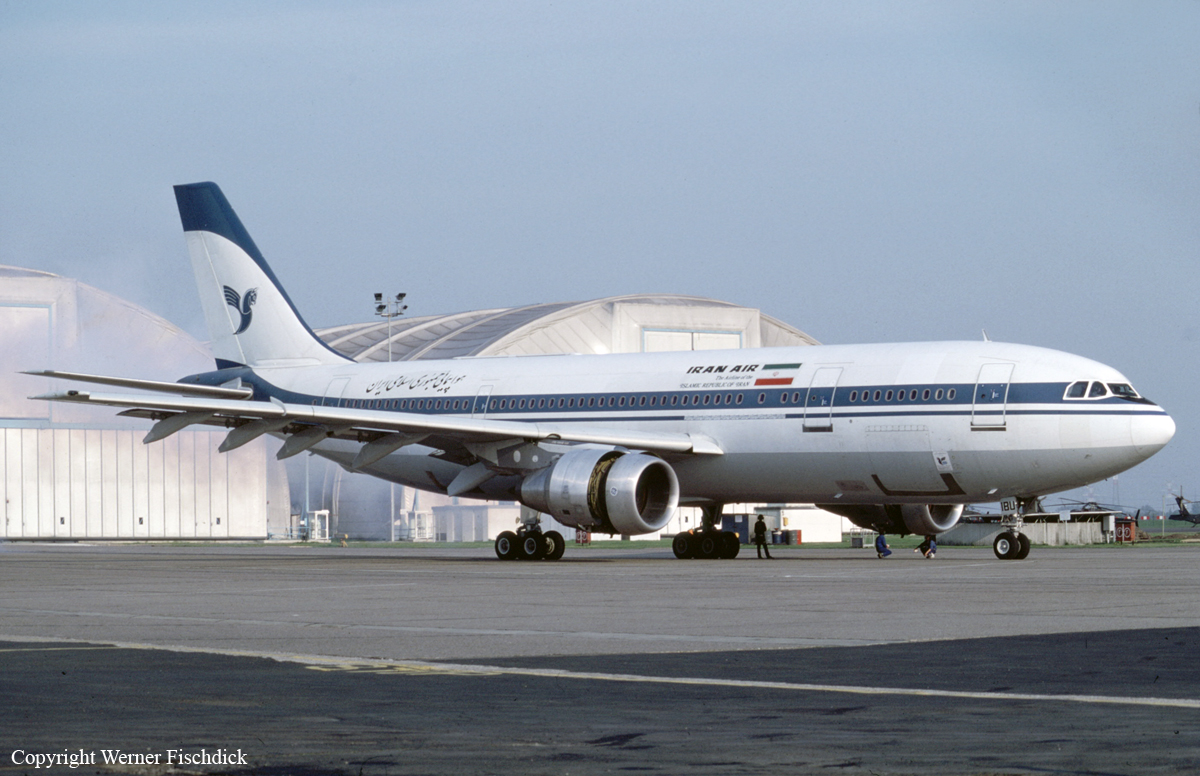Crash of a Let L-410MU near Irkoutsk: 4 killed
Date & Time:
Aug 26, 1988 at 2218 LT
Registration:
CCCP-67235
Survivors:
No
Schedule:
Batagay – Magan – Lensk – Kirensk – Irkutsk
MSN:
77 08 01
YOM:
1977
Crew on board:
2
Crew fatalities:
Pax on board:
2
Pax fatalities:
Other fatalities:
Total fatalities:
4
Circumstances:
The crew initiated the descent to Irkutsk-Intl Airport by night and was cleared to 3,000 meters then 2,100 and 1,800 meters. The crew failed to realize his altitude was insufficient when the aircraft struck trees and crashed on the top of a hill (700 meters high) located 21 km southeast of the airport. The aircraft was destroyed and all four occupants were killed.
Probable cause:
It was determined that the crew descended below the minimum descent altitude following a wrong altimeter setting. At the time of the accident, the crew was very tired due to a duty time over 15 hours and 26 minutes.












